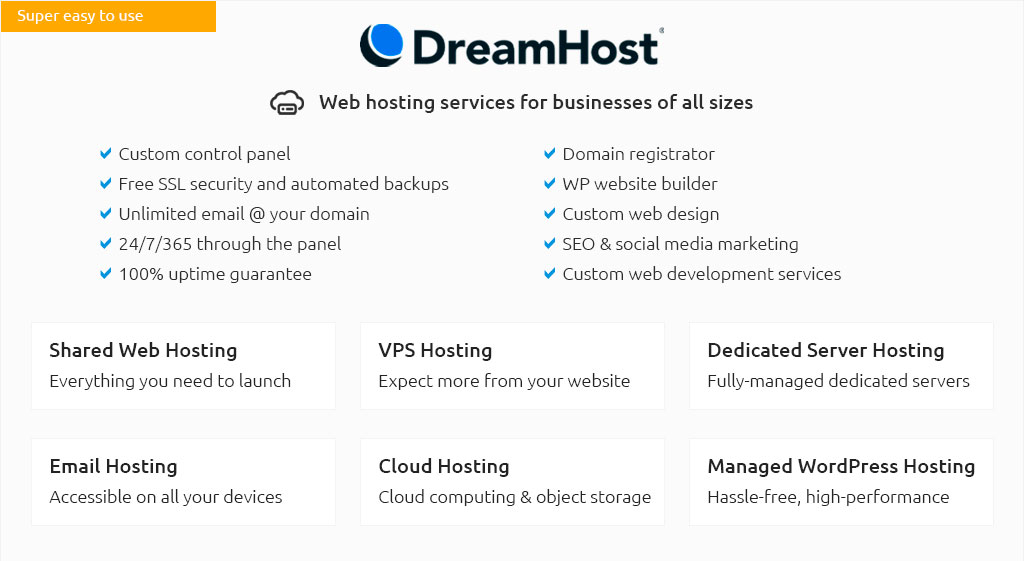 |
|||
 |
 |
 |
|
 |
|
 |
 |
 |
|||
 |
|||
 |
|||
 |
|||
 |
 |
aws hosting website essentials and setup guideWhat it meansRunning a site on Amazon Web Services blends storage, compute, networking, and security into a flexible stack. Static pages can live on S3 with CloudFront acceleration, while dynamic backends use EC2 or Lambda. DNS is handled by Route 53, and certificates come from AWS Certificate Manager for seamless HTTPS. How it worksTraffic flows from your domain to CloudFront, which caches content at the edge and fetches origins from S3 or an application load balancer. Auto Scaling keeps capacity right-sized, CloudWatch records logs and metrics, and IAM enforces least privilege. The result is fast delivery, resilience, and global reach. Quick steps
Costs and tipsUse the free tier when possible, compress images, tune cache TTLs, enable lifecycle policies, and review cost explorer monthly to avoid surprises. https://community.spiceworks.com/t/easiest-way-to-host-a-simple-web-site-on-aws/711542
For example if you really want your website to be up and running in minutes and don't wish to worry about maintaining the underlying OS, while ... https://stackoverflow.com/questions/2113370/is-it-possible-to-use-aws-as-a-web-host
... hosting a website on AWS. Please note S3 only allows STATIC websites but AWS provides SDKs in case you want to run PHP, ASP.NET, etc on your ... https://www.youtube.com/watch?v=goiW0g7A0WE
In this video you'll learn how to use AWS Amplify Hosting's drag-and-drop UI to deploy an app to AWS Amplify's global CDN, including over ...
|